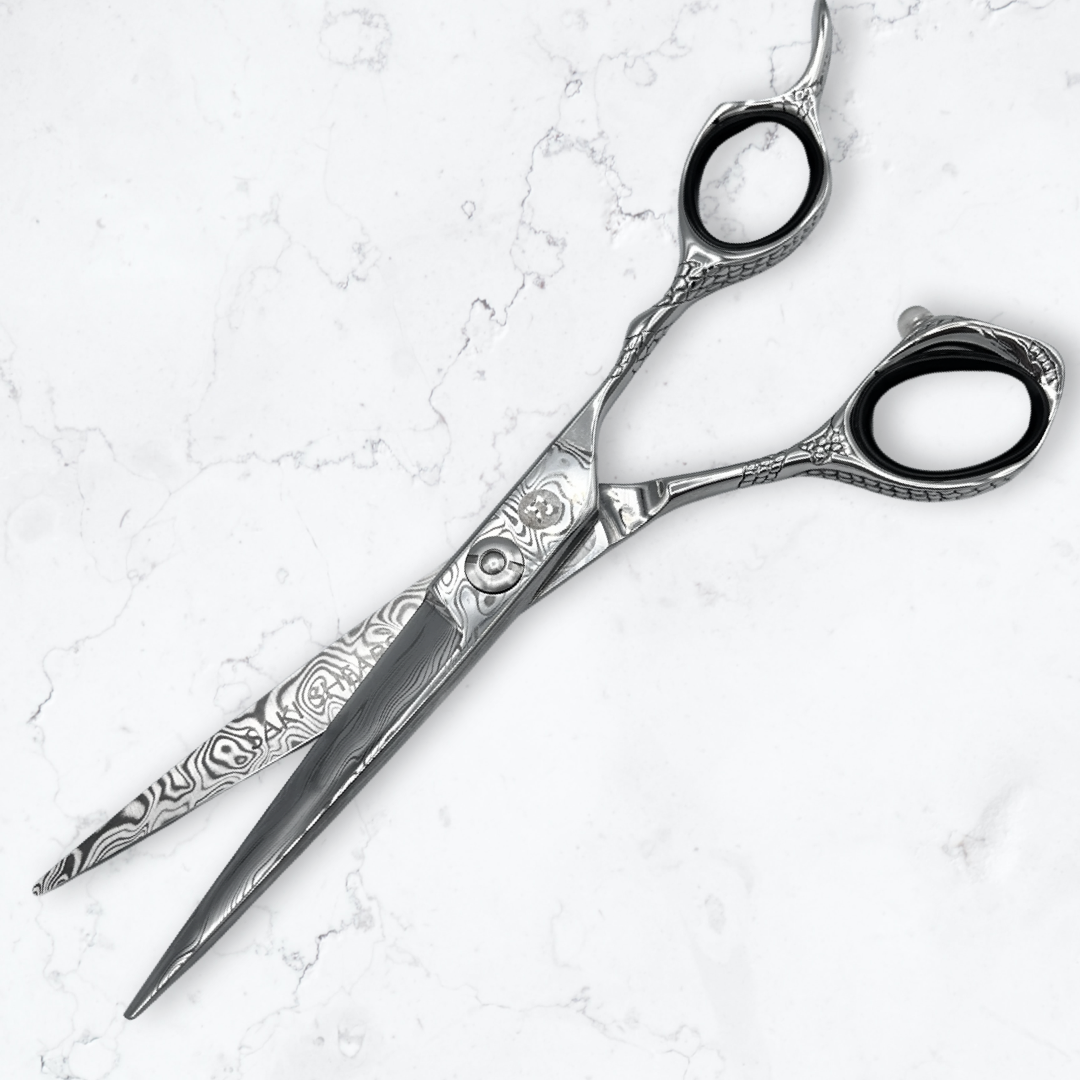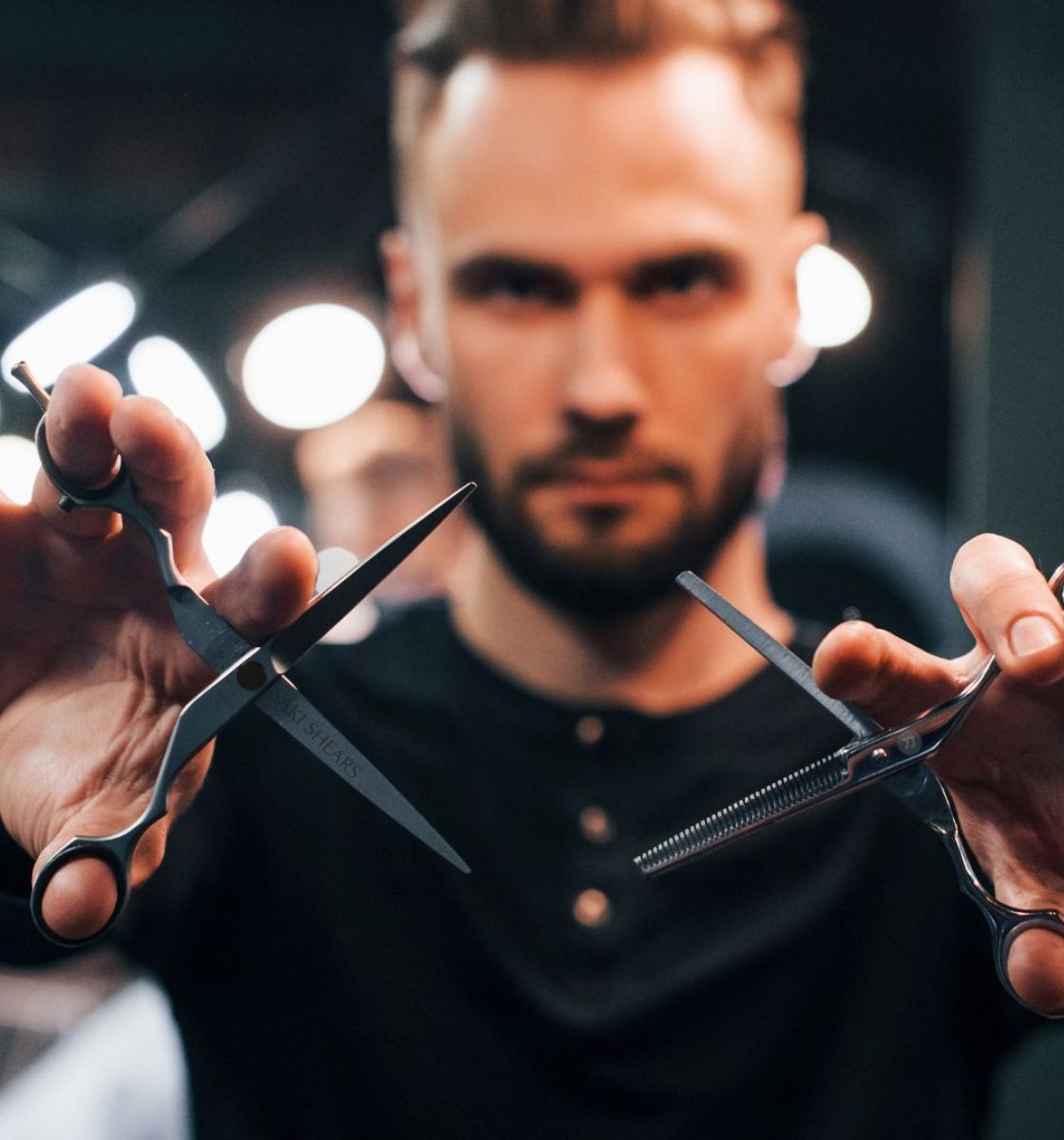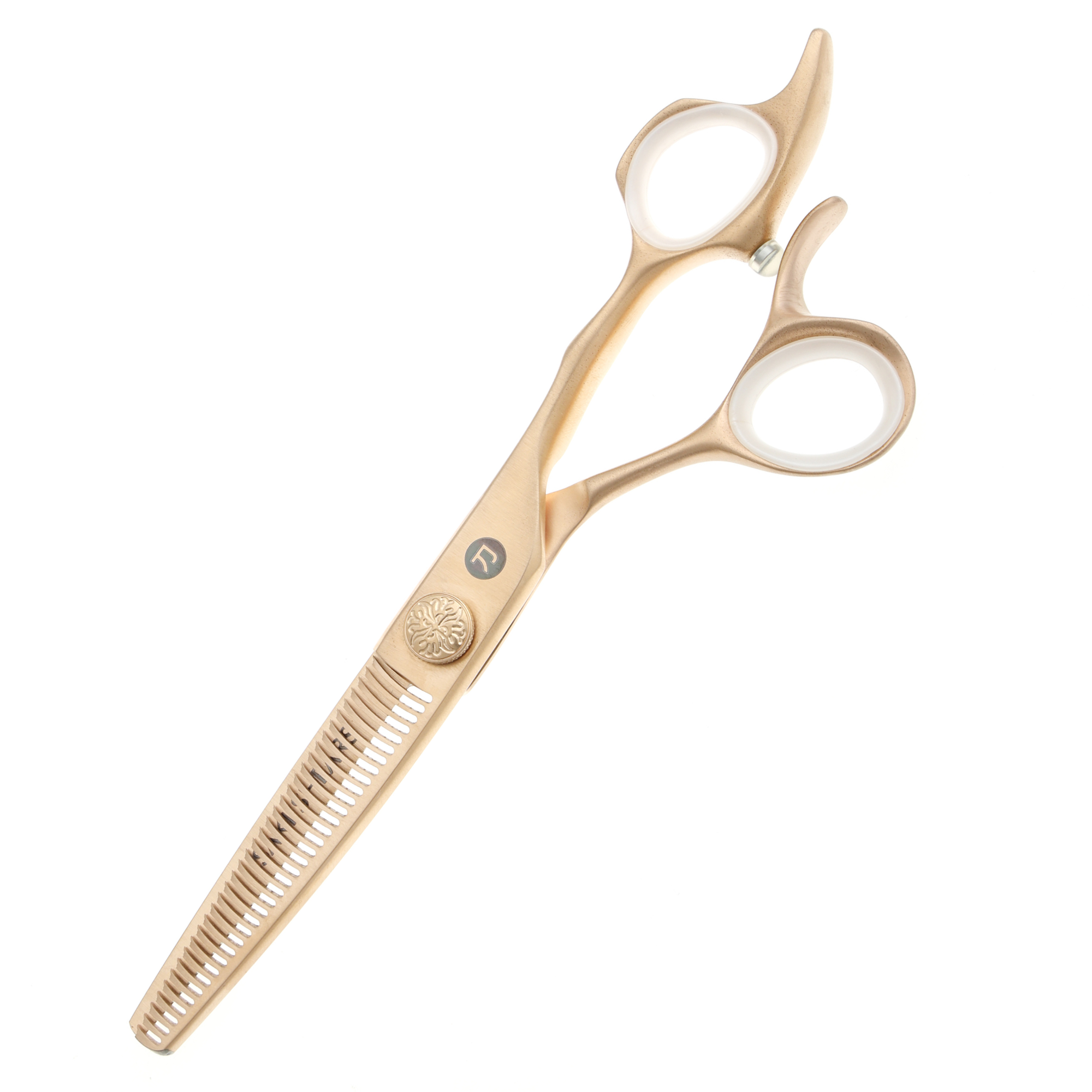Article: How to Choose the Right Barber Clipper for Different Hair Types
How to Choose the Right Barber Clipper for Different Hair Types
Barbering, as a centuries-old profession, has always stood at the intersection of art and science. The tools of this trade, while seemingly rudimentary, are steeped in a rich history and a continuous evolution driven by technological advancements. Central to these tools is the barber clipper—a device that embodies the essence of precision, efficiency, and style. This article delves deep into the intricacies of hair, the mechanics of clippers, and the art of making the right choice for diverse hair types.
The Science Behind Hair
To truly appreciate the complexity of barbering, one must first understand the hair's microscopic structure. Each strand on our heads is a marvel of biology:
-
Cuticle: The outermost layer, composed of overlapping cells, forms a protective barrier for the inner structures. It plays a crucial role in the hair's overall health, shine, and resilience.
-
Cortex: Beneath the cuticle lies the cortex, which forms the hair's main bulk. It contains melanin (giving hair its color) and keratin bundles that determine the hair's strength and elasticity.
-
Medulla: The innermost core, though not always present in every hair type, can influence the hair's thickness and overall behavior when cutting.
These structures vary across hair types, resulting in unique textures, strengths, and susceptibilities. For instance, curly hair tends to have an elliptical cross-section, leading to its coiled nature, while straight hair often has a round cross-section.
The Evolution of Barber Clippers
The journey from ancient shears to today's sophisticated electric clippers is a testament to mankind's relentless pursuit of efficiency and perfection:
-
Ancient Times: Early barbers used shells, sharpened flints, and even shark teeth. Metal blades appeared around 3000 BC, making hair cutting more precise and less perilous.
-
The Manual Era: The 19th century saw the advent of manual clippers. While they lacked the speed of today's devices, they were a significant advancement, offering more consistent and even cuts.
-
Electrification: The early 20th century marked the birth of electric clippers. With motors powering the blades, barbers could achieve faster and more precise cuts, revolutionizing the industry.
-
Modern Clippers: Today's devices incorporate a host of features—adjustable blade lengths, varied motor types, ergonomic designs, and more—catering to a global audience with diverse hair types and needs.
This evolution reflects not just technological advancements but also a deeper understanding of hair biology, client preferences, and ergonomic design.
Understanding Different Hair Types in Depth
Hair, in all its diversity, is a manifestation of genetic, environmental, and cultural factors. Delving deeper into hair types reveals a world of molecular intricacies and unique characteristics:
-
Straight Hair:
- Molecular Perspective: Possessing a round cross-section, straight hair has an even distribution of sebum (natural oil) from the scalp, lending it a shinier appearance.
- Unique Challenges: Its uniform structure can sometimes lead to an oily appearance. From a cutting perspective, its sleek nature can result in slips if not handled with precision.
- Barbering Approach: The emphasis is on clean, precise cuts, often requiring clippers that offer sharp, fine blades and consistent power.
-
Wavy Hair:
- Molecular Perspective: An oval cross-section leads to the formation of gentle S-shaped waves. This hair type often strikes a balance between oil distribution and volume.
- Unique Challenges: Managing frizz and ensuring uniformity in cuts, given the variable wave patterns.
- Barbering Approach: Versatility is key. Clippers with adjustable blade settings and a range of guards cater to the varied lengths and wave depths.
-
Curly Hair:
- Molecular Perspective: An elliptical cross-section and uneven distribution of sebum result in tighter curls. The hair strand's twisting also causes cuticle layers to lift, leading to potential dryness.
- Unique Challenges: Tangles, frizz, and moisture retention are common concerns. Cutting requires understanding the spring factor—how much the hair will bounce back when cut.
- Barbering Approach: Clippers with a strong motor and varied guard lengths are essential to navigate and style these intricate curls.
-
Coily Hair:
- Molecular Perspective: Extremely elliptical in shape, coily hair forms tight, spiral-like coils. The structure often leads to challenges in oil distribution, making it more prone to dryness.
- Unique Challenges: Susceptibility to breakage, maintaining moisture, and ensuring even cuts in such a dense texture are primary concerns.
- Barbering Approach: Power and precision are paramount. Clippers need to be robust, with sharp blades that can navigate the dense coils without causing breakage.
The Mechanics of Clippers: More Than Just Blades
The modern barber clipper is a marvel of engineering, combining various components that cater to diverse barbering needs:
-
Motor Types and Their Significance:
- Rotary Motors: Offering a balance between blade speed and power, they're versatile and suitable for bulk hair removal and precision work.
- Magnetic Motors: Fast but less powerful, ideal for wet hair types and fine hair.
- Pivot Motors: Power-packed, perfect for thick and dense hair types like coily hair.
-
Blade Materials and Their Impact:
- Stainless Steel: Durable and resistant to rust, it's a common choice for blades.
- Ceramic: Stays cooler during prolonged use, reducing the risk of burns and ensuring comfort during long sessions.
-
Additional Features:
- Vibration Dampening: Essential for reducing fatigue during extended use.
- Battery Life and Charging: Especially crucial for cordless models, ensuring uninterrupted work.
- Wet vs. Dry Cutting: Some modern clippers cater to wet hair cutting, a trend that's gaining traction.
Expert Recommendations and Case Studies
Gleaning insights from those who've spent years in the barbering trenches provides invaluable perspectives. We reached out to several industry experts to shed light on the nuances of clipper selection and techniques.
Dr. Emily Richardson, Trichologist: "Hair, at its core, is a protein filament that reacts differently to mechanical and environmental stressors based on its molecular structure. Clippers don't just cut hair; they interact with it at a microscopic level. A barber's understanding of this interaction is crucial for optimal results."
Carlos Mendez, Barber with 30 years of experience: "Over the years, I've seen clients with a myriad of hair types and challenges. Your clipper is an extension of your hand. Knowing its capabilities and limitations, and pairing that with your knowledge of hair, is the recipe for a satisfied client."
Case Study: The Curly Hair Challenge In 2018, a renowned barber shop in New York faced consistent challenges with curly-haired clients. Complaints ranged from uneven cuts to increased frizz. Switching to clippers with a rotary motor and incorporating moisture-preserving techniques transformed their curly hair clientele's feedback. This instance underscores the symbiotic relationship between tool choice and technique.
Maintenance, Longevity, & Potential Issues
A tool, no matter how advanced, is only as good as its upkeep.
-
Regular Cleaning: Hair strands, oil, and product residue can clog blades, leading to reduced efficiency and potential overheating.
-
Blade Sharpening: Over time, even the best blades can dull. Regular sharpening ensures clean cuts and reduces tugging.
-
Oiling: A well-oiled clipper reduces friction between blades, ensuring smooth operation and reduced wear and tear.
-
Battery Care (for cordless models): Regularly charging and not overcharging extends battery life.
Potential issues stemming from neglect include reduced motor efficiency, blade misalignment, and reduced battery life. Regular maintenance checks can mitigate these issues, ensuring the clipper's longevity and optimal performance.

The Future of Clippers and Barbering Technology
As with all industries, barbering isn't immune to technological advancements.
-
AI and Automation: Future clippers may incorporate sensors and AI algorithms that adjust blade speed and cutting technique based on hair density and type.
-
Sustainability: Eco-friendly models using sustainable materials and reduced energy consumption are on the horizon.
-
Advanced Ergonomics: Clippers designed based on extensive hand-motion studies, reducing fatigue and increasing precision.
In the vast realm of barbering, the interplay between skill, knowledge, and tools defines success. As clippers evolve and as our understanding of hair deepens, the onus is on the modern barber to stay informed, practice meticulous tool care, and always strive for perfection. In the end, a barber's artistry, amplified by the right tools, transforms a simple haircut into a masterpiece.
Saki Shears Sale
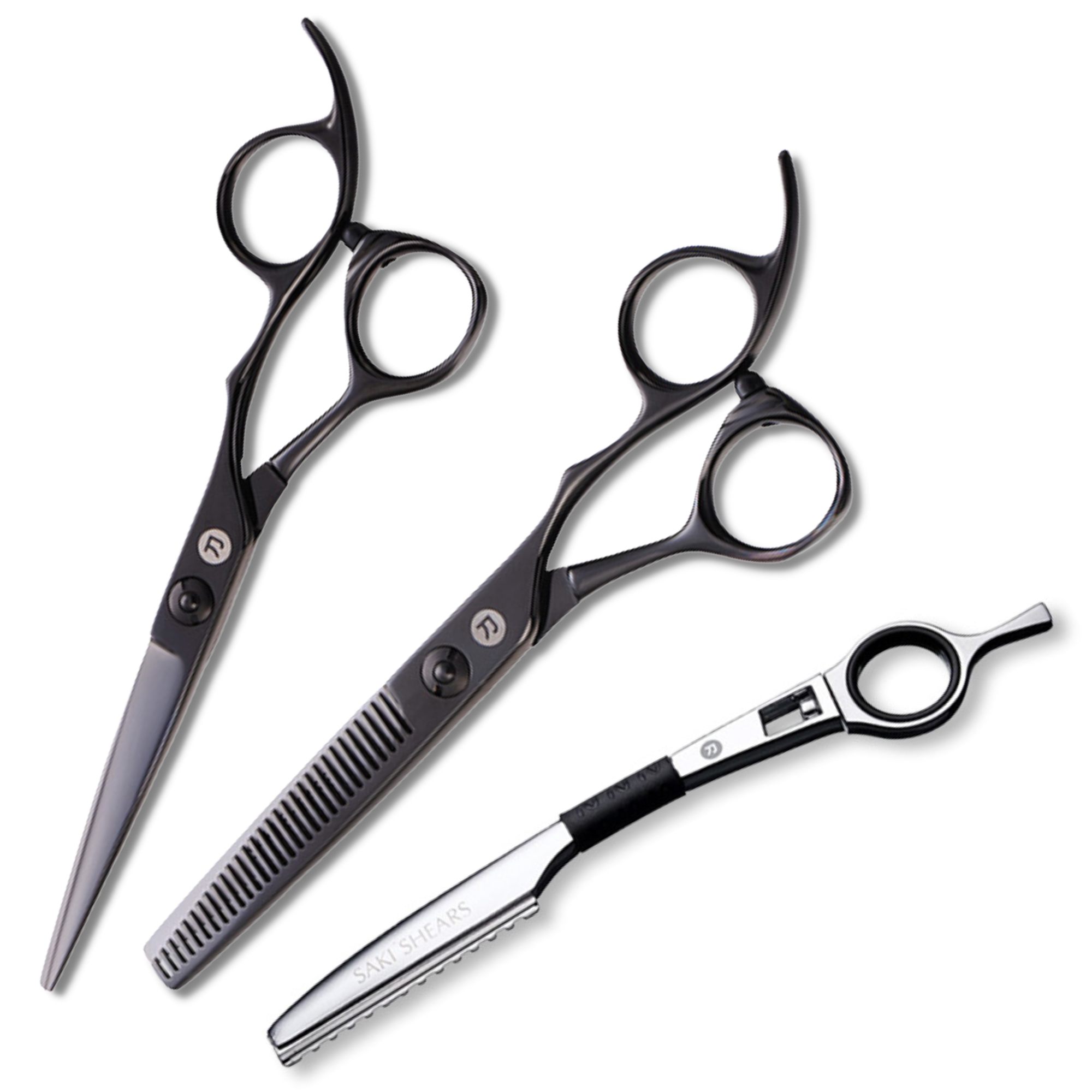
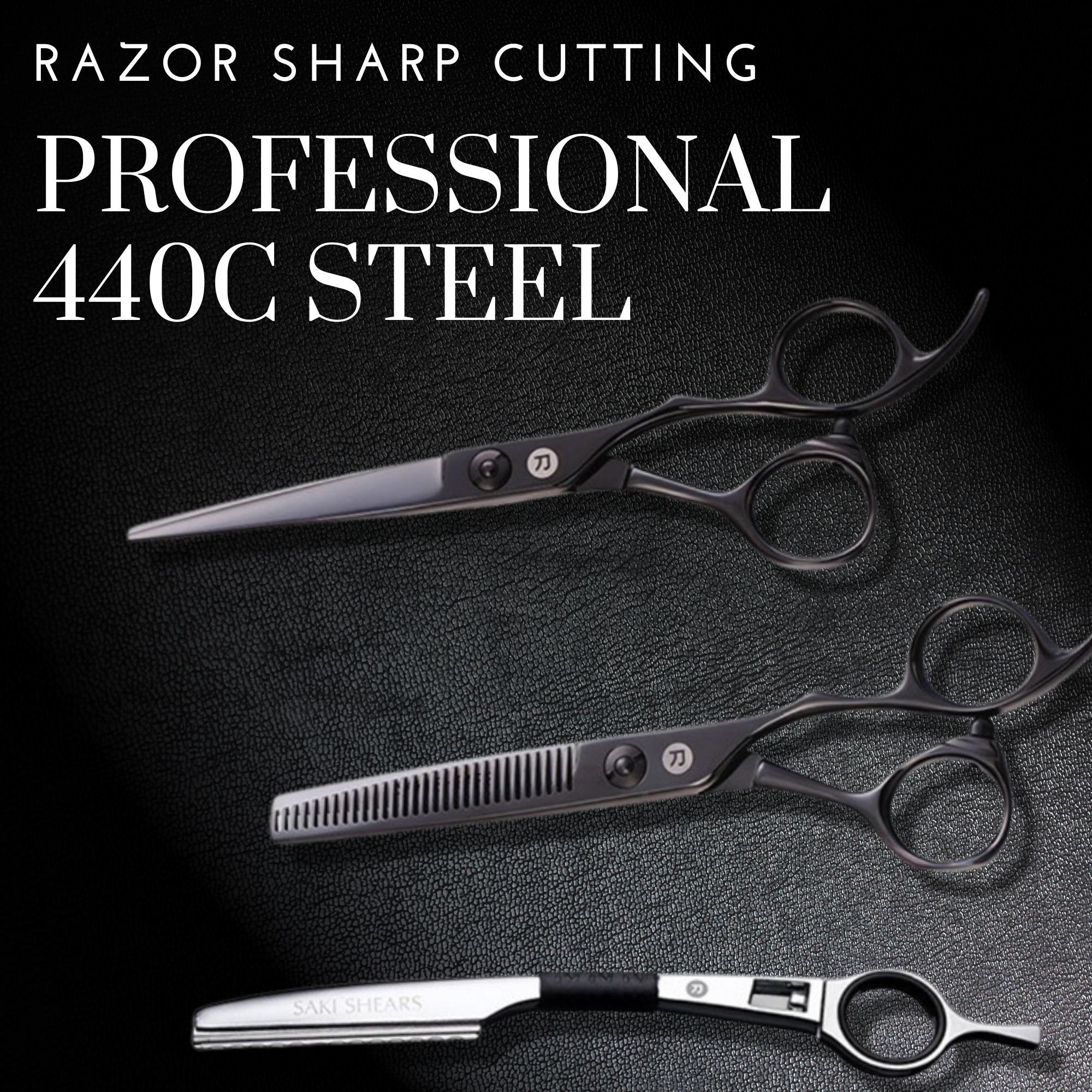
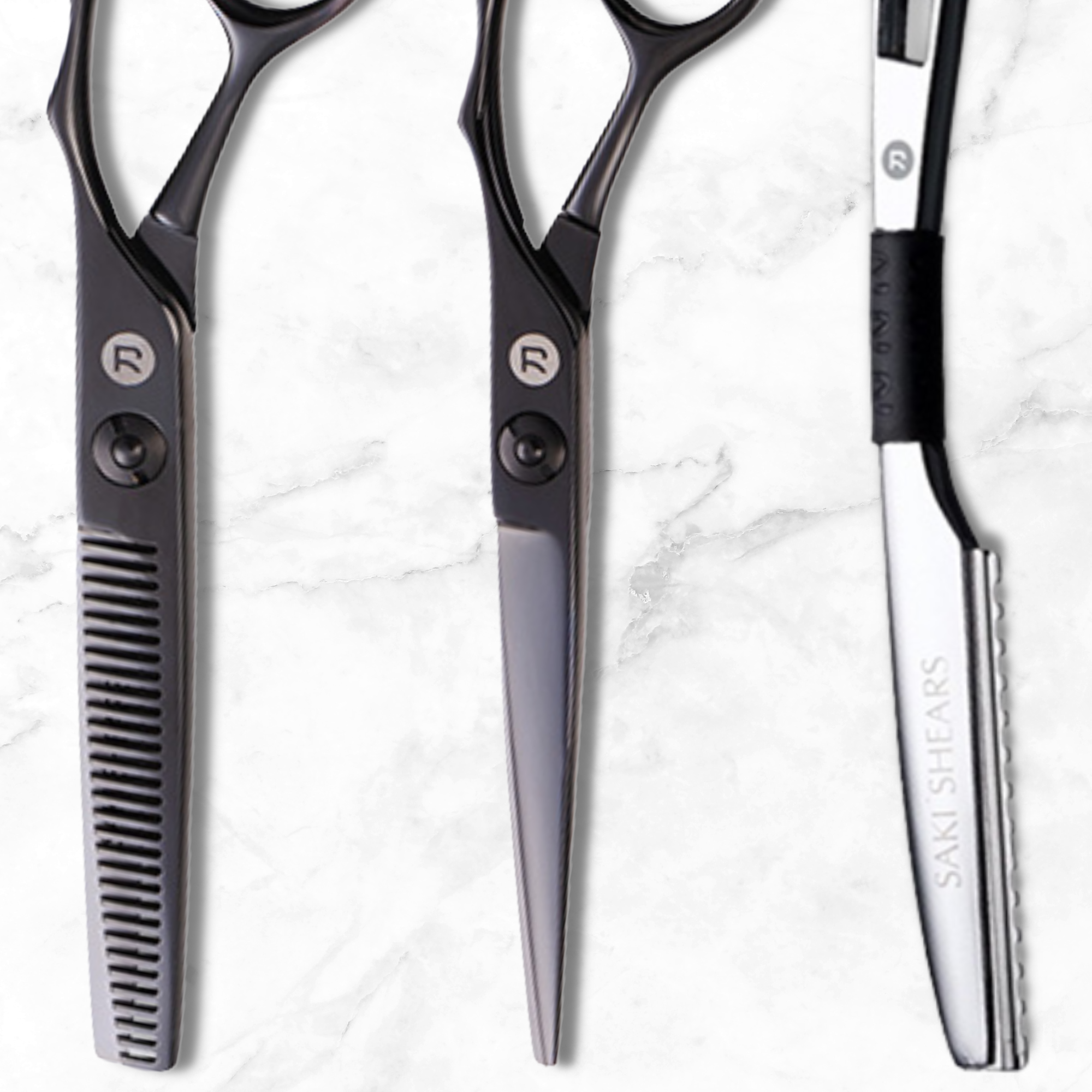
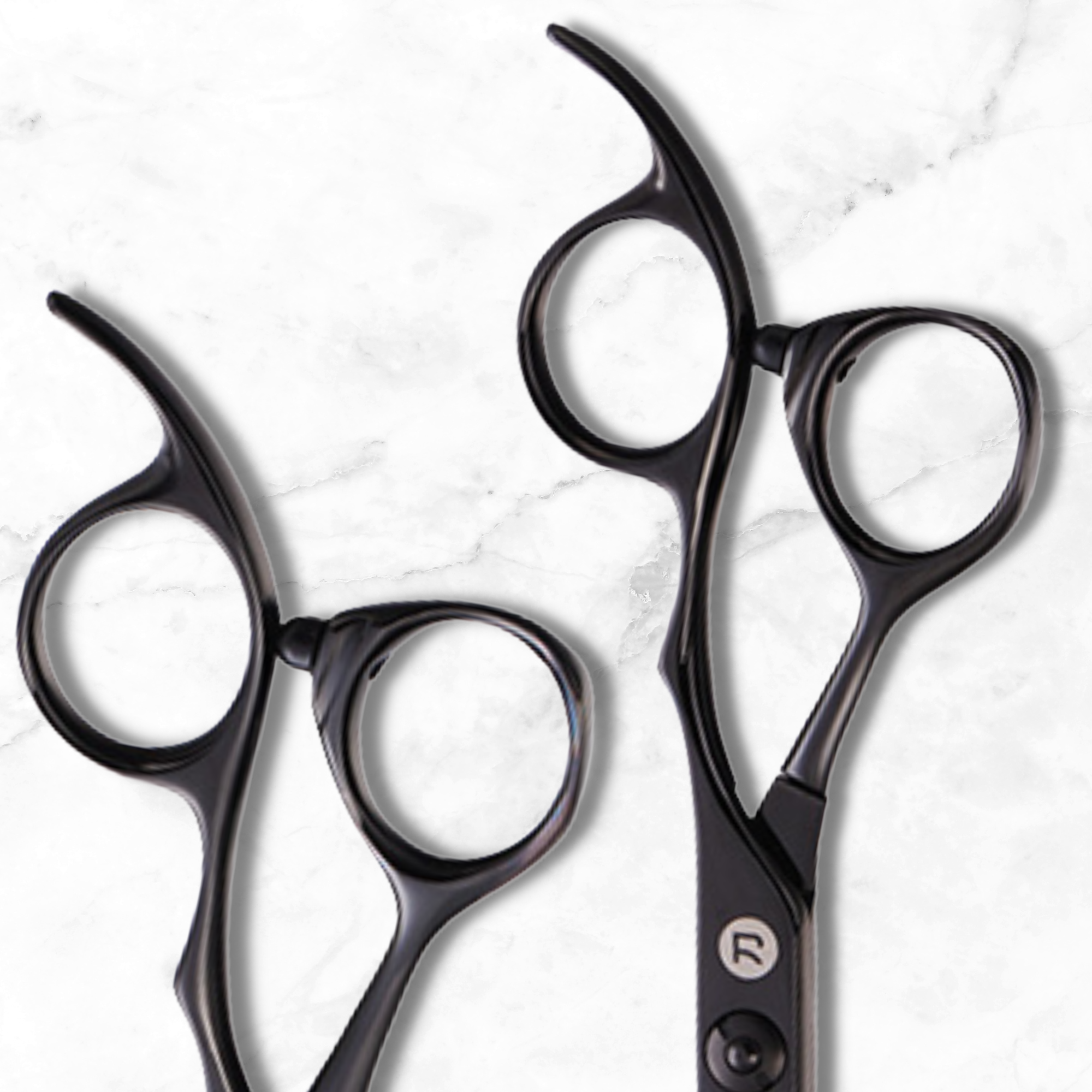
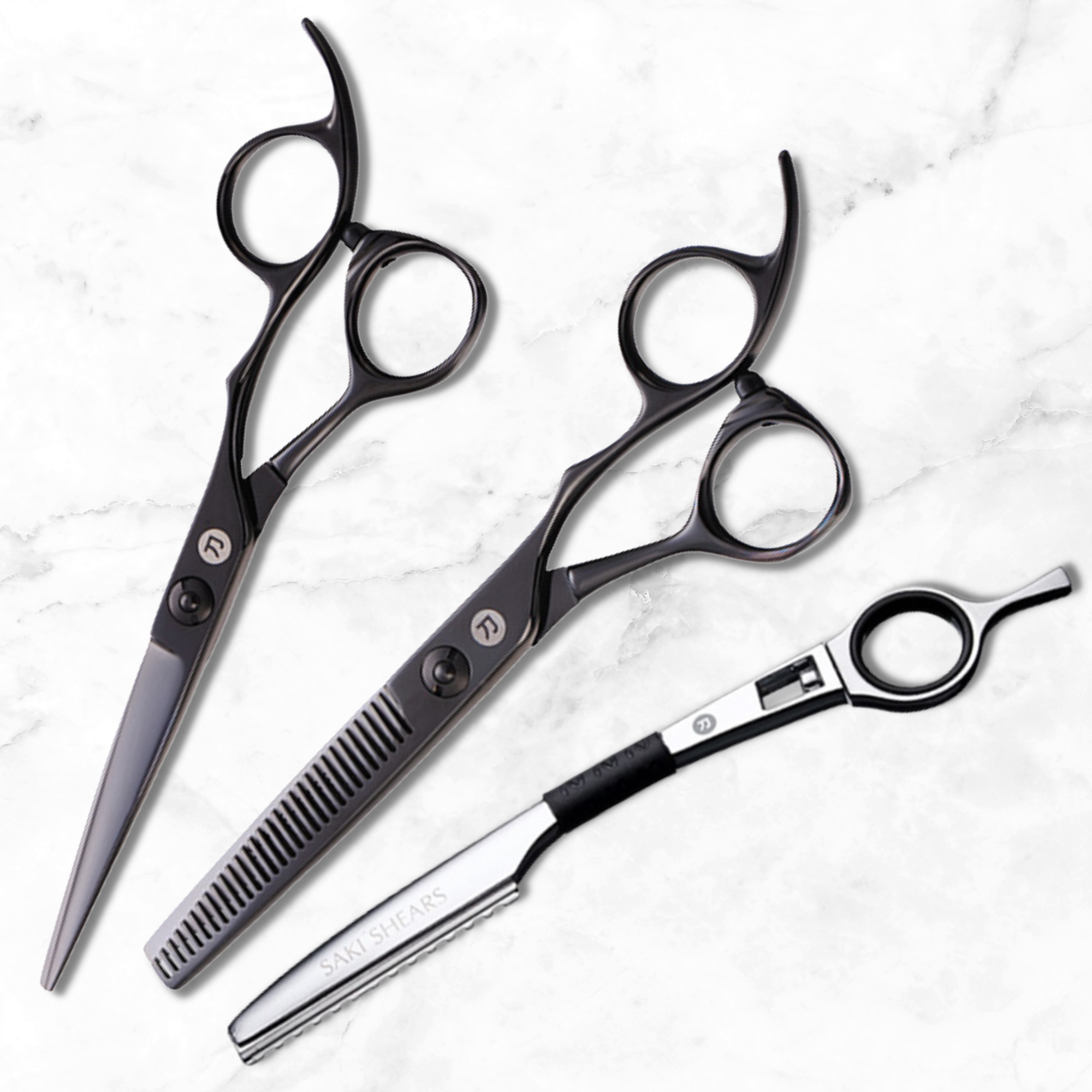
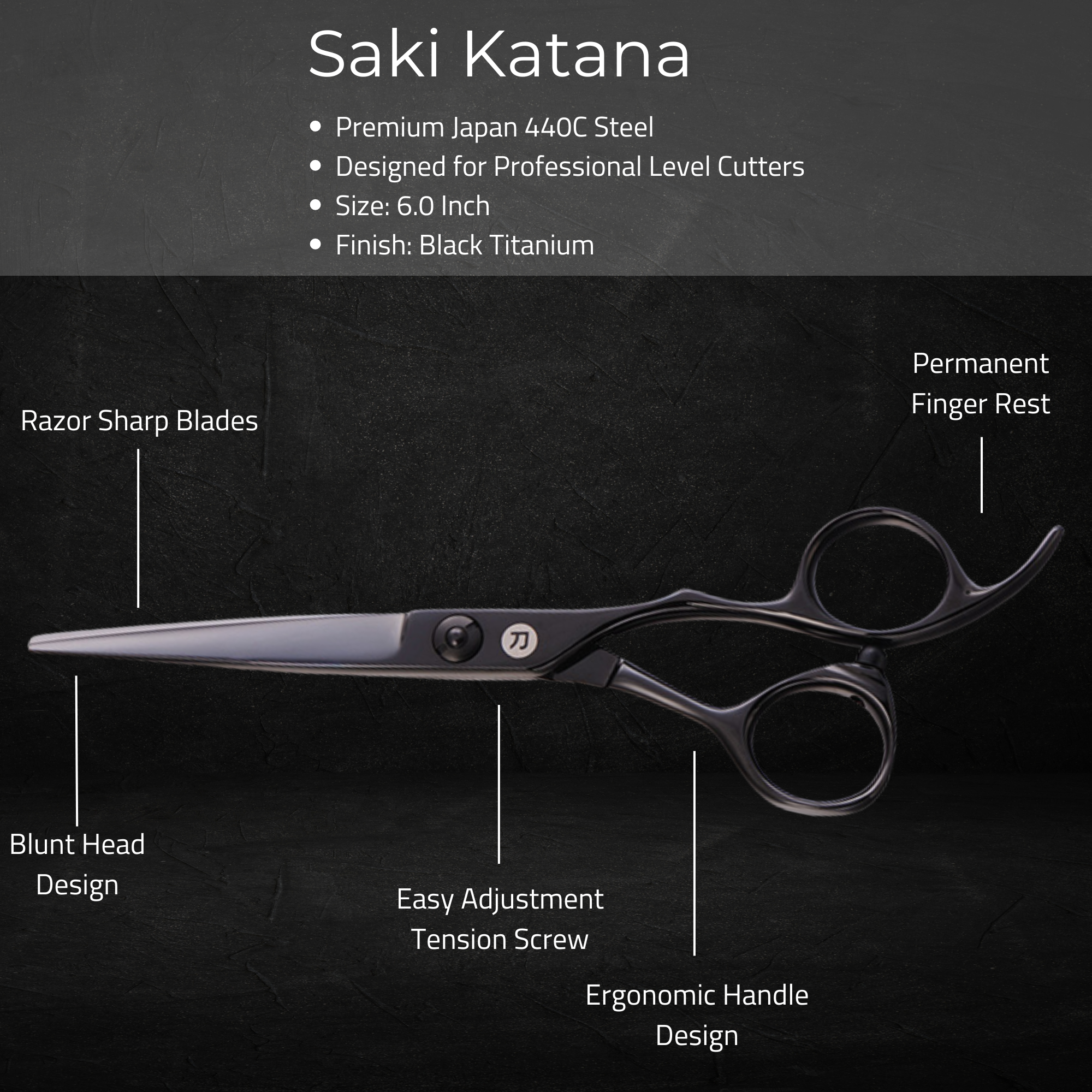
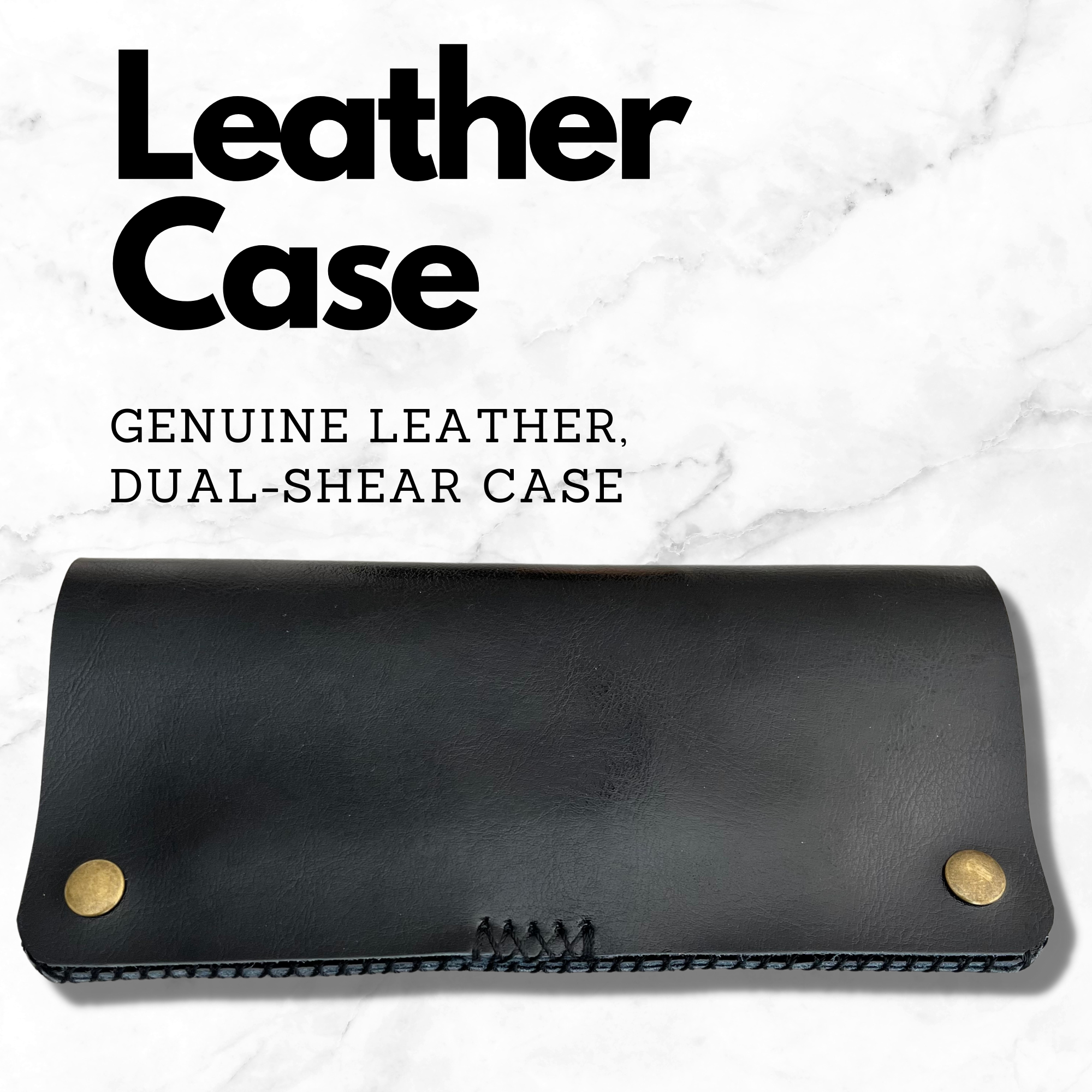
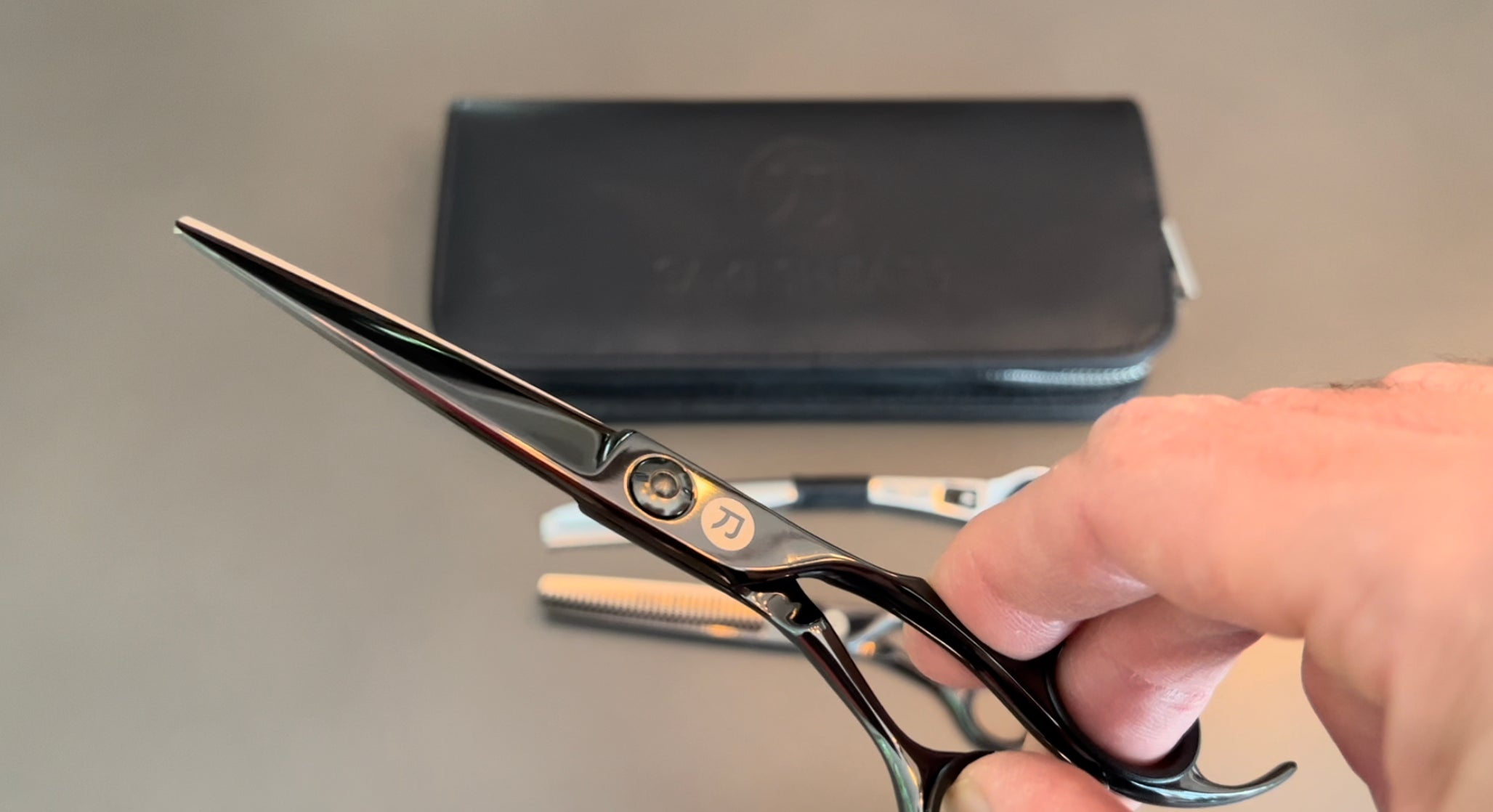

Saki Katana Hair Cutting set is the perfect pair! Handmade and constructed using Japanese stainless steel and a thick coating of black titanium, the Saki Katana Hair Scissor and Thinning Shear provide the ultimate durability for a long-lasting pair of hair shears you can count on. The Saki Katana set includes our premium hair cutting shears, hair thinning shears, razor and leather carrying case.
Options:
6" set includes the Katana 6" cutting shears, 6" thinning shears, swivel razor and leather case.
7" set includes the Katana 7" cutting shears, 6" thinning shears, swivel razor and a leather case.
Saki Katana Warranty: Covered by Saki Shears Lifetime Warranty
Saki Katana Cutting Shears
Saki Katana Hair Shears feature a convex edge and triple-honed, stainless steel blade for precise and smooth cutting while the offset, extra-long crane handle fights fatigue and provides the ultimate in comfort. Ideal for blunt, wet, and dry cutting.Features:
- Handmade for Precision
- Material: Japanese Stainless Steel
- Blade: Japanese style convex blade with hardness 60-61 HRC
- Ring Size: Adjustable
- Two-Piece Welded
- Black Coating: Titanium Coating
- Coating Thickness: 1.5 um
- Size: 6 inch
Saki Katana Thinning Shears
Saki Katana Thinning Shear is perfect for thinning, blending and/or adding texture to any hairstyle with 30 teeth and thick, short sword back blades. Offset, extra-long crane handle, and adjustable ring size offers the utmost comfort and support while styling.
Features:
- Handmade for Precision
- Material: Japanese Stainless Steel
- Blade: Japanese style convex blade with hardness 60-61 HRC
- Ring Size: Adjustable
- Two-Piece Welded
- Black Coating: Titanium Coating
- Coating Thickness: 1.5 um
- Size: 6 inch/30 Teeth
Your Saki Katana Set Includes:
- 1 Handmade Saki Katana Hair Shears
- 1 Handmade Saki Katana Thinning Shears
- 1 Handmade Swivel Razor
- 1 Case
- Lifetime Warranty
Saki Shears Katana line of hair shears are perfect for master barbers, advanced hair stylists and professional hairdressers.

